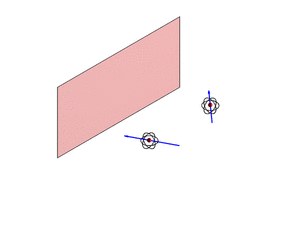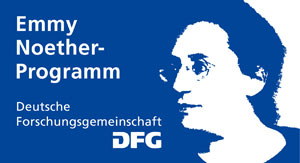Dispersion Forces in Media

Dispersion forces, such as van-der-Waals forces between atoms or molecules, CasimirPolder forces between atoms and macroscopic bodies and Casimir forces between macroscopic objects, are all effective electromagnetic forces caused by groundstate fluctuations of the quantised electromagnetic field. Because of their short interaction range, dispersion forces can play a major role in situations where two micro or macroscopic objects are brought close together. For example, in experiments with trapped ultracold atoms the CasimirPolder interaction can exceed the magnetic trapping force and lead to unwanted losses. In recent years, there have been a large number of experiments investigating these interactions in free space.
In addition, the dispersion forces, especially the vanderWaals forces, are involved in chemical bonds and therefore they are important for the description of inter and intramolecular interactions. In biological and chemical situations the considered particles are available in a solution. Hence, the dispersion forces with an additional environment have to be investigated.
We follow different approaches starting with a pointlike atom centered in hardsphere cavity. Afterwards, we apply a real cavity model where its spatial shape is obtained from DFT calculations. Following this, we adopt arbitrary shapes of molecules and analyse their response due the cavity that results from their shape. We collaborate with chemical physics using DFT simulations to model the interactions. Together with them we search for typical experimental signatures to verify the models.
Researchers:
F. Burger, J. Fiedler, S. Y. Buhmann
Collaborators:
PD Dr. Michael Walter (DFT simulations | Freiburg)
Dr. Martin Presselt (Experiments | Jena)



